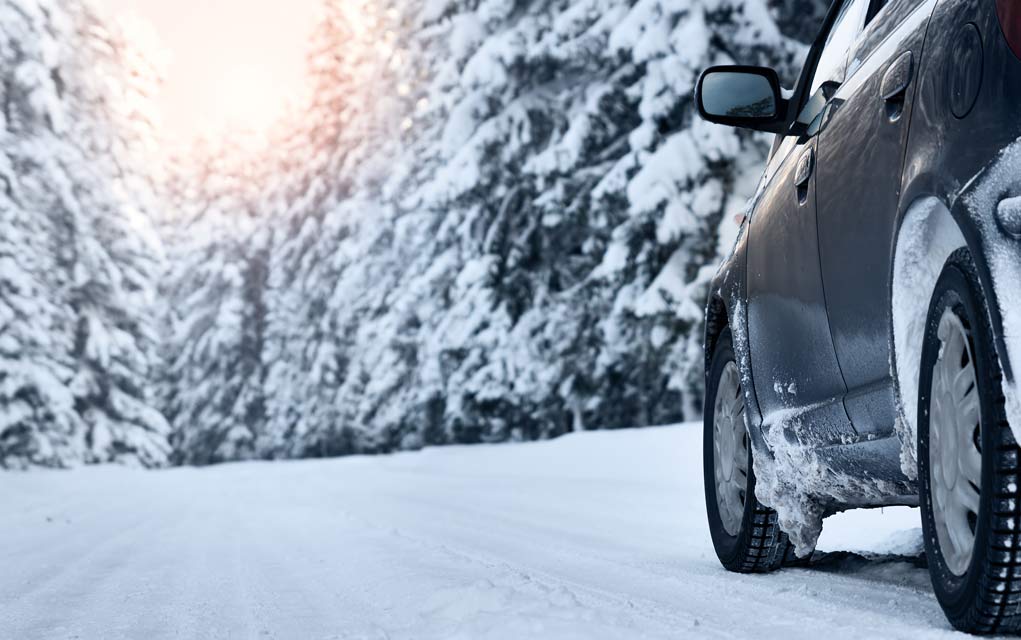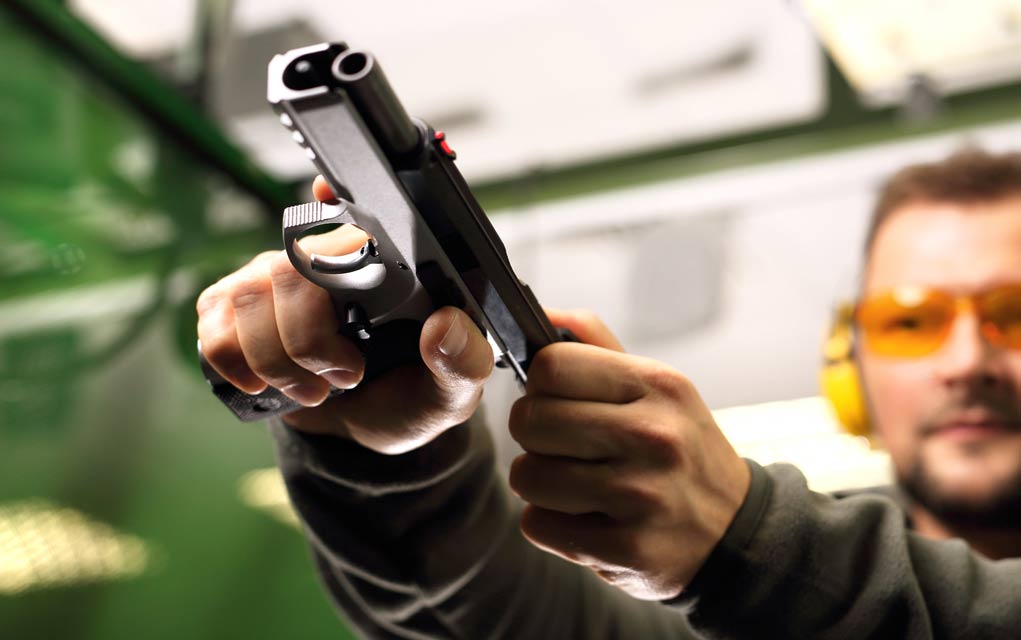(Modern Survival.org) – What’s the Best Way to Handle Skidding on Ice?
- Hit the Brakes
- Go with the Skid
- Turn Away from the Skid
- Give it a little more gas
Answer: Go with the Skid. Here’s why…
Millions of Americans take to the streets every day, driving to and from work or various other destinations. During the winter months, driving becomes a dangerous activity for even the most experienced drivers.
According to the US Department of Transportation (DOT), over 1,300 people die each year due to automobile accidents in snowy or icy conditions. Roughly 117,000 more are injured. This is precisely why it’s vital to know how to handle driving in these conditions.
Black Ice
Black ice isn’t any different from normal ice, with one exception: it’s nearly impossible to see, which makes it incredibly dangerous. Should one find themselves sliding on black ice, the best course of action is to let off the gas and keep steering forward. Attempting to speed up or steer clear of the patch could cause a wreck.
Bridges
Bridges are notoriously susceptible to icy conditions. While normal roads only lose heat from one side, bridges release heat from both above and below. Add in the fact that wind can freely pass over and under them, and it creates the perfect conditions to create ice. These will freeze over much faster than the surrounding roadways, which means they should be approached with care.
Controlling a Skid
Hitting a patch of ice and losing control of the vehicle is enough to make anyone panic. However, as with any emergency, panicking is the worst possible thing a person can do. A panicked jerk of the steering wheel can cause a driver to lose control of their car.
Instead, slightly turn the wheel in the direction the rear end of the vehicle is sliding and let off the gas. This is known as “going with the skid.” DO NOT hit the brakes. This will cause the vehicle to skid more, especially if the car has anti-lock brakes.
If driving a front-wheel-drive vehicle, after a second or two, slowly press the gas pedal once again. Since all of the weight of the engine is over the wheels that are propelling the car, gravity will help reestablish traction for the tires.
Of course, the best way to stay safe on icy roads is to avoid them altogether. Unfortunately, this isn’t always an option. Drive a bit slower than usual (especially on curves) and remain alert. It’s better to arrive late than not at all.
For additional tips on how to stay safe behind the wheel during the winter, take a look at our article here.
~Here’s to Your Survival!
Copyright 2023, ModernSurvival.org













